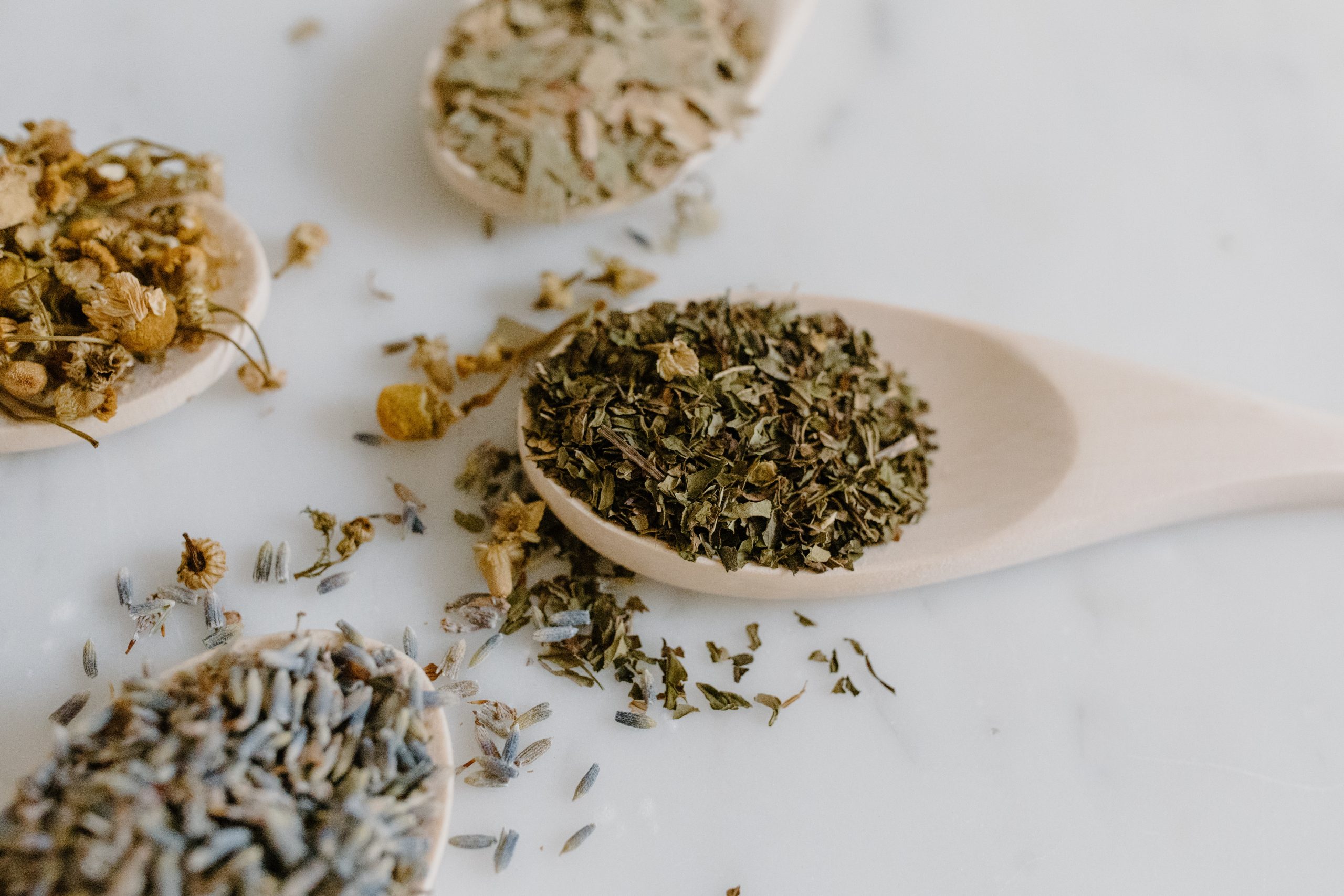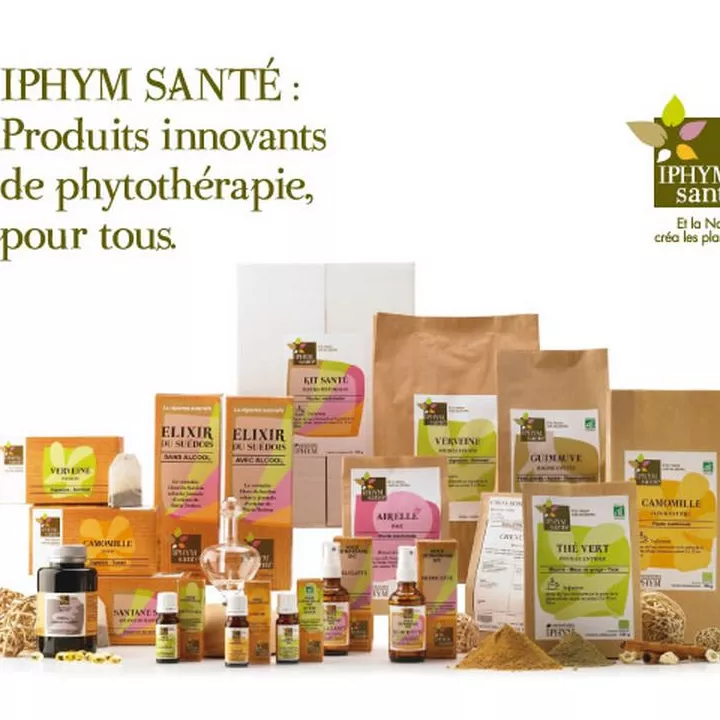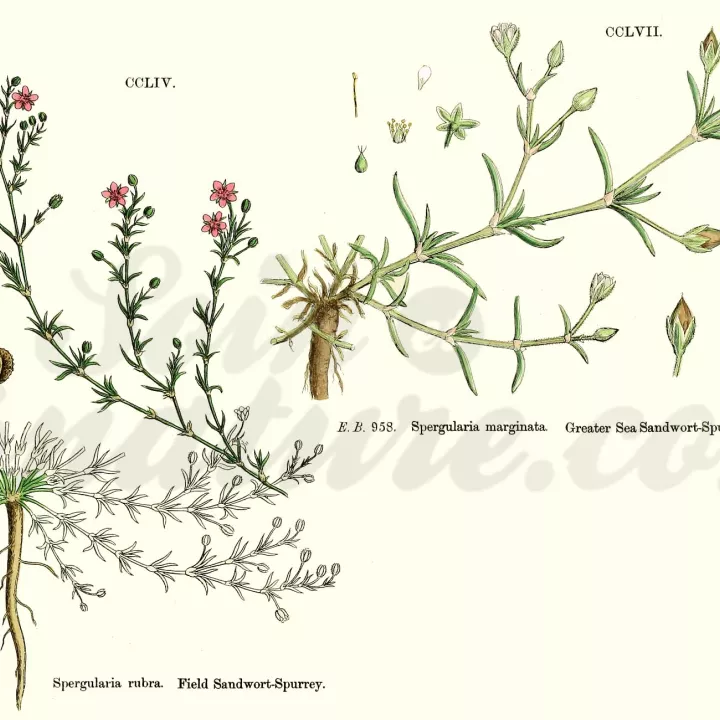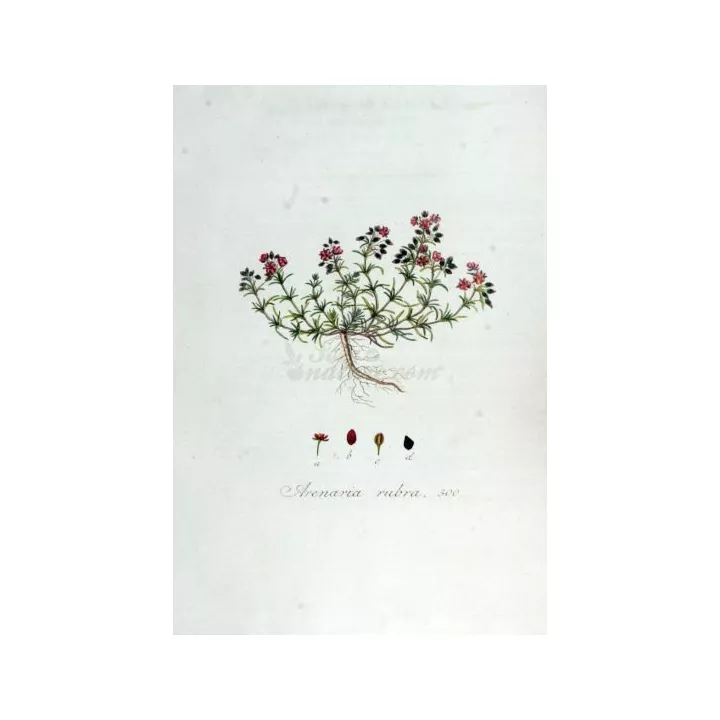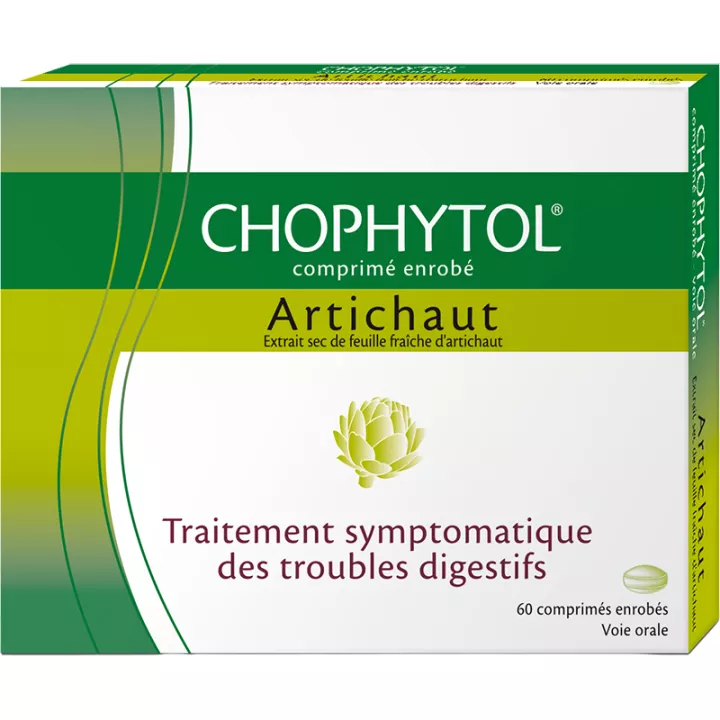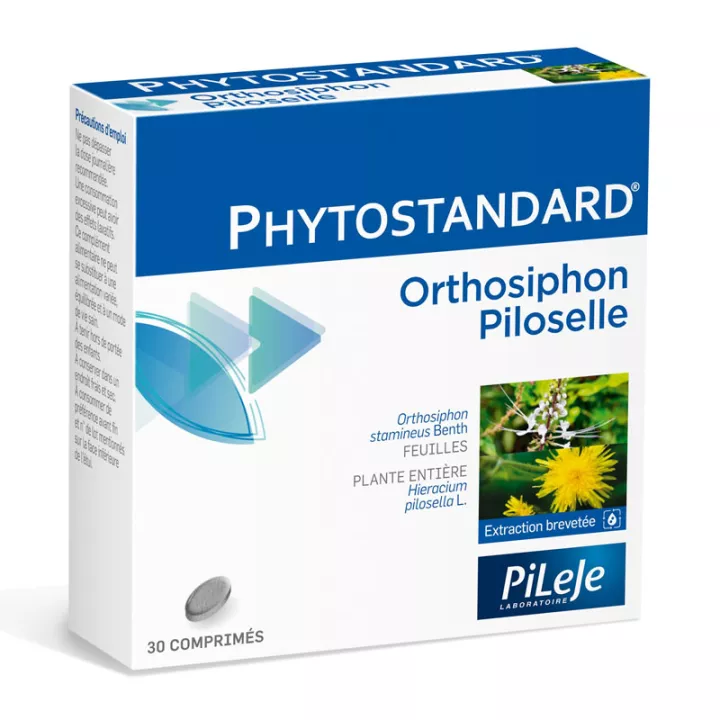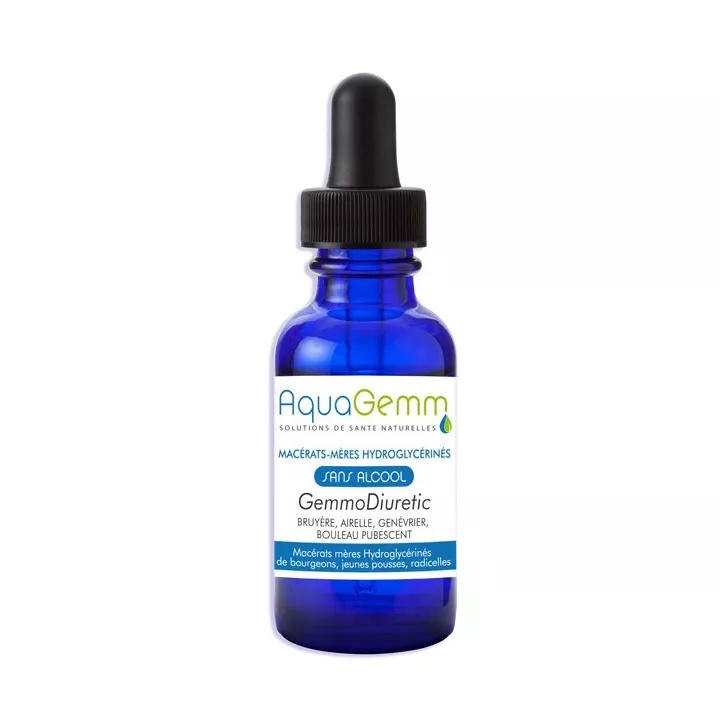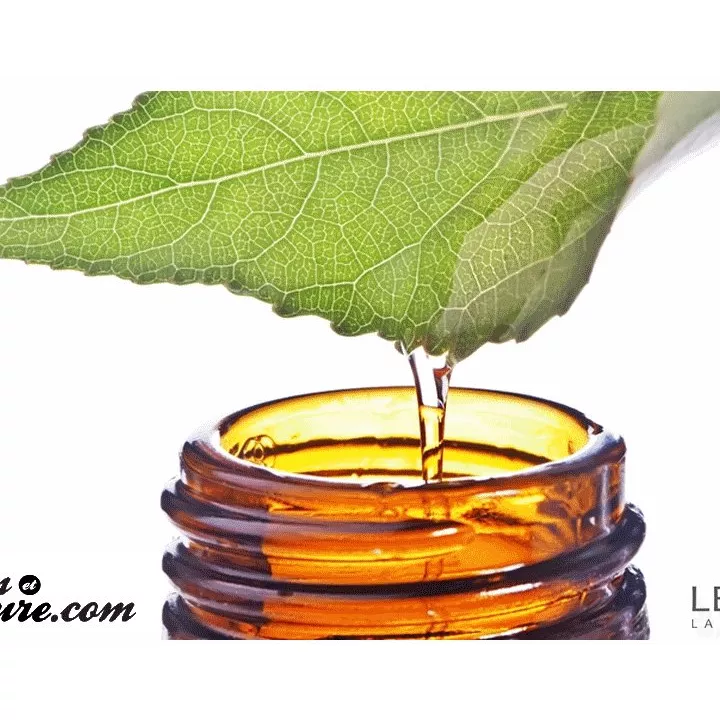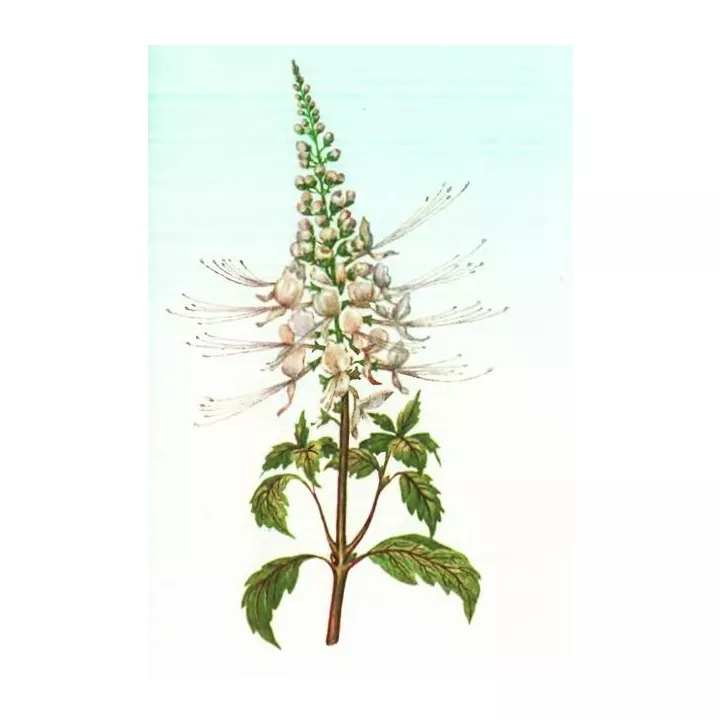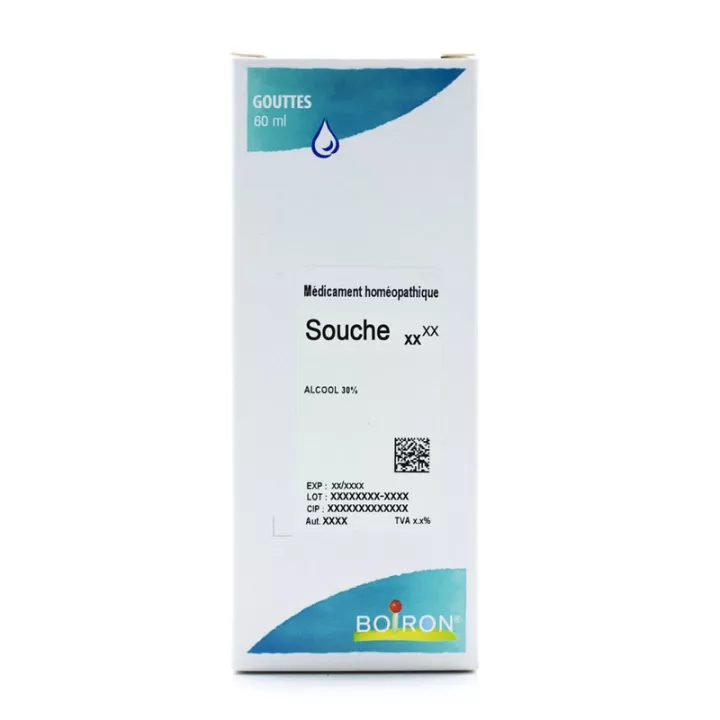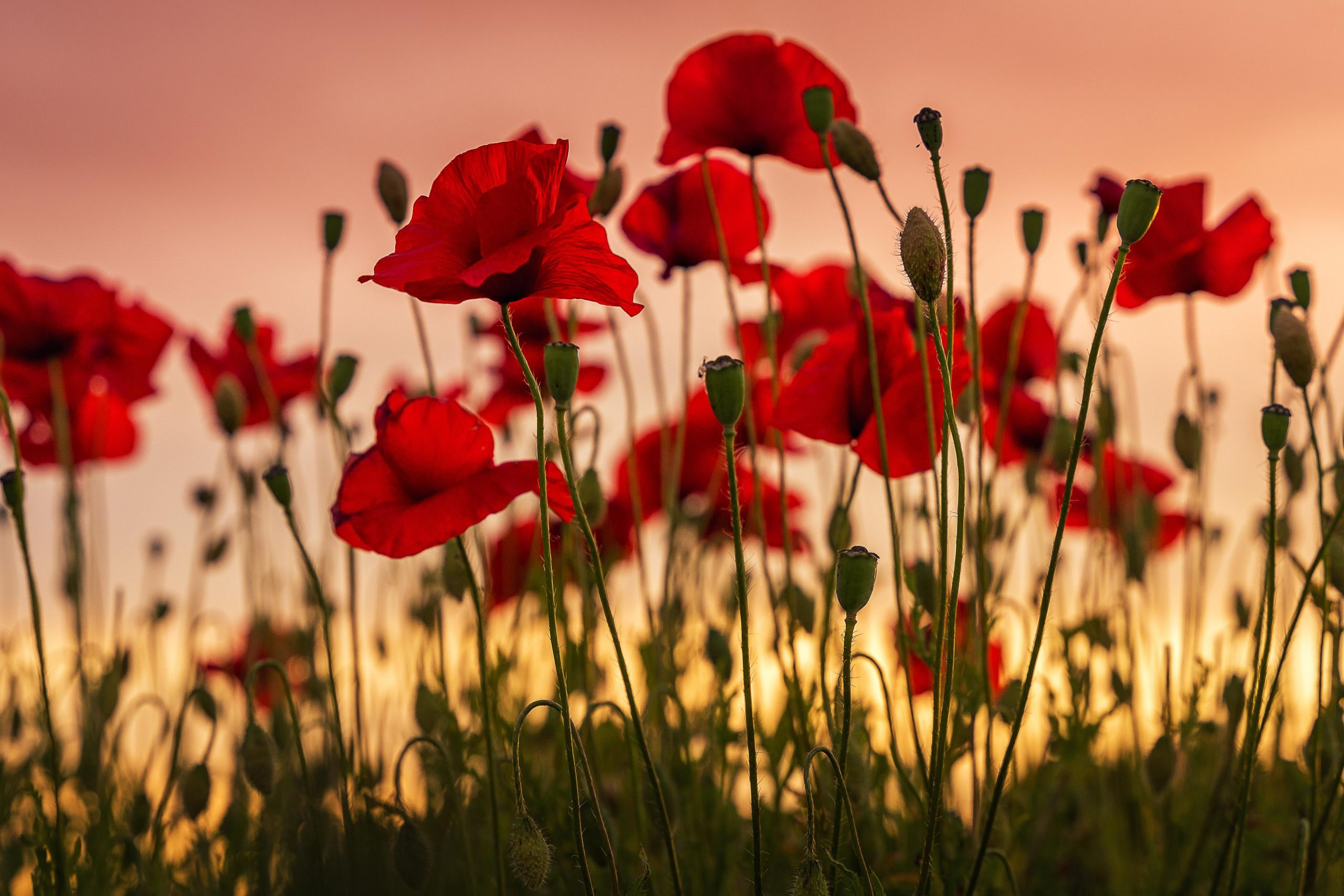What is Arenaria rubra (Sabline) Cut Plant used for?
Arenaria rubra, also known as red sandwort, is a remarkable plant in the world of phytotherapy for its exceptional properties. Native to Europe, Algeria and North America, this annual or biennial plant of the Caryophyllaceae family has long been sought after for its health benefits. Rich in saponins and flavonoids, it offers a natural and effective solution to a variety of ailments, from urinary disorders to respiratory ailments, while also having beneficial effects on the immune system.
One ofArenaria rubra 's main assets is its powerful diuretic action. By facilitating the elimination of water and toxins from the body, this plant plays a crucial role in the treatment of urinary tract infections, cystitis, kidney stones and water retention. Its ability to dissolve kidney stones has earned it the nickname " stone breaker". It's no coincidence that it's traditionally used to soothe the pain of renal colic and improve kidney function.
In addition to its effects on the urinary system,Arenaria rubra is also a powerful ally against respiratory disorders. Its expectorant properties help relieve coughs and clear congested airways, offering significant relief to asthma and bronchitis sufferers. This expectorant action facilitates breathing and contributes to better oxygenation of the body, which is essential for general well-being.
In addition to its diuretic and expectorant effects,Arenaria rubra is endowed with notable antioxidant and anti-inflammatory properties. These characteristics enable it to combat free radicals and reduce inflammation in the body, thus playing a preventive role against the development of chronic diseases such as cardiovascular disease, certain cancers and autoimmune disorders. IncorporatingArenaria rubra into your daily diet can therefore help boost your natural defenses and keep your body healthy.
Our online herbalist is committed to providing the highest qualityArenaria rubra from sustainable and ethical sources. We firmly believe that product quality is essential to guarantee its effectiveness and health benefits. By choosing our Arenaria rubra, you are guaranteed a pure product, free from additives and pesticides, while supporting responsible farming and environmental preservation.
Arenaria rubra is a plant with multiple virtues, capable of offering a natural response to a wide range of health problems. Whether for its diuretic properties, its support for the respiratory system, or its antioxidant and anti-inflammatory effects, this plant is a wise choice for anyone wishing to look after their health naturally. We invite you to discover the benefits ofArenaria rubra by ordering today from our online herbalist. Enjoy nature at its best and take the first step towards lasting well-being.
We also offer Arkopharma Arkogélules red yeast rice capsules at the best price in our online pharmacy.
How to use this plant
Arenaria rubra is used as part of a natural, preventive healthcare approach. To take full advantage of its properties, the preparation method is simple, but must be followed carefully. The standard recommendation is to prepare a decoction with 40 grams of red sabline per liter of water. After bringing to the boil, leave to infuse for 5 minutes before filtering. Three cups a day are recommended to maximize the plant's health benefits.
Give your opinion on the use and dosage of Arenaria rubra with our partner Verified opinions after your purchase.
Precautions for use
Before starting any treatment withArenaria rubra, it's important to take certain precautions. Although the plant is generally safe for most users, people with specific medical conditions, who are pregnant or breastfeeding should consult a health professional before using it. As with any therapeutic intervention, adherence to the recommended dosage is essential to avoid any adverse effects.
What is its composition?
Arenaria rubra 's composition reflects its botanical richness and active ingredients, which contribute to its therapeutic properties:
- Lower leaves arranged in a loose rosette
- Slender, spreadingstems
- Pink flowers (3 mm) with petals shorter than sepals
- Fruit: capsule
Active ingredients: Flavonoids, coumarins, alkaline salts, sodium and potassium carbonates, saponosides.
Presentation
Our Arenaria rubra is carefully prepared as a cut plant for easy use in decoctions. This presentation makes for easy preparation and ensures better extraction of the active ingredients, guaranteeing the product's effectiveness.
